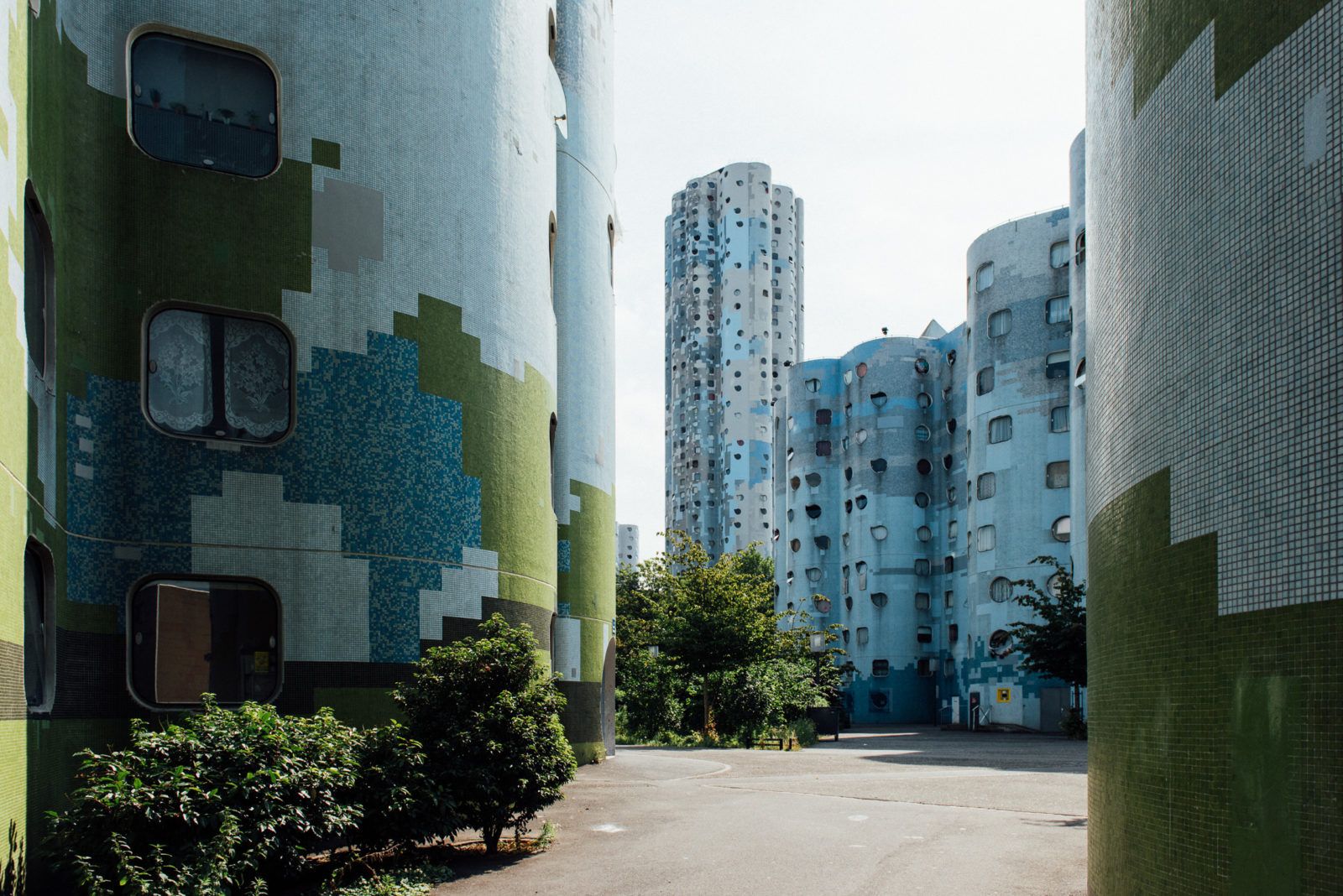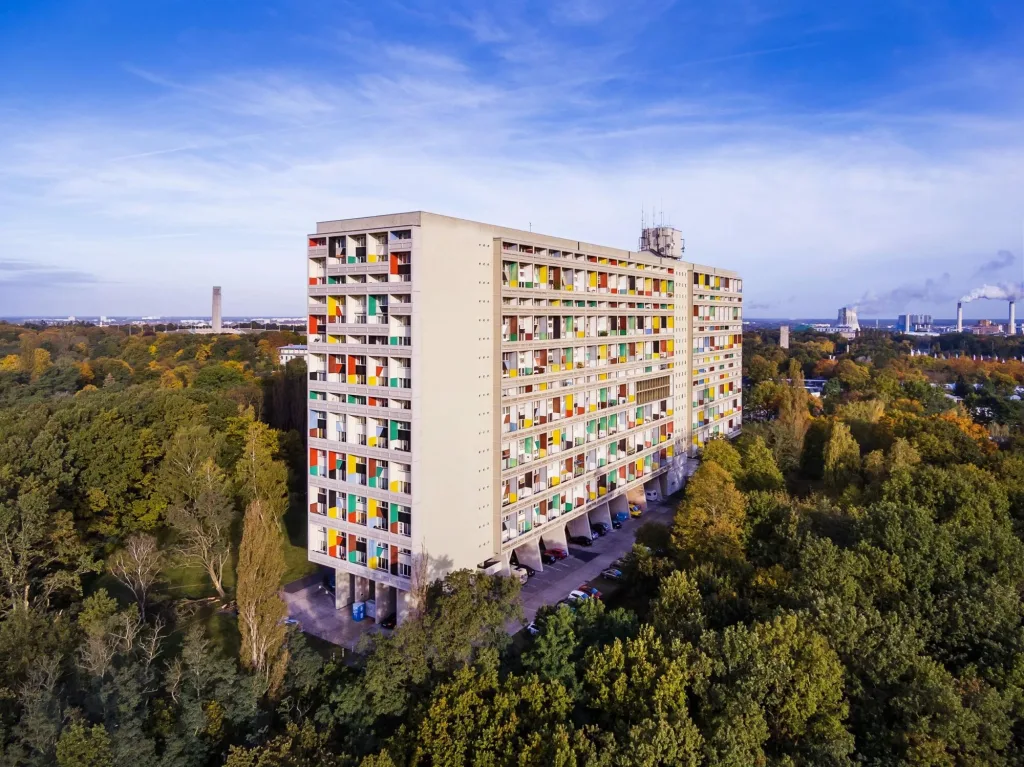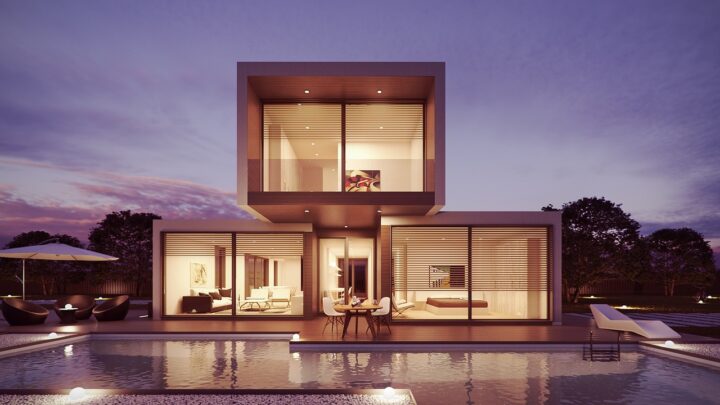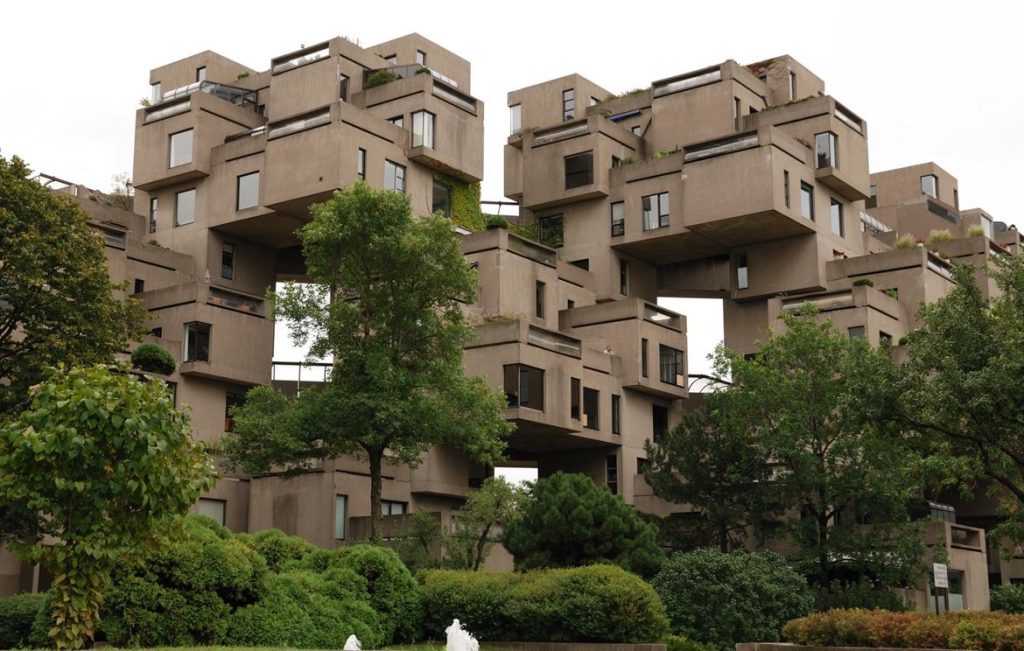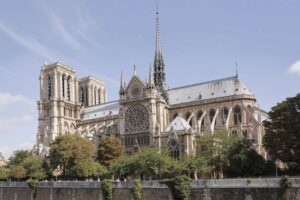Brutalist architecture is definitely making a comeback. In 2025, architectural blogs will show that the style has gone from being a niche interest to a major cultural and design trend. But the most important and heated debate right now isn’t about whether the raw concrete look is “cool” again; it’s about how the style has let down the most vulnerable people in society.
Brutalism stemmed from a societal dream, yet it often stood for poverty, neglect, and failure. Architects and policymakers are forced to look at these huge, long-lasting concrete buildings and ask, “Can we finally deliver on the original utopian vision of Brutalist social housing, or are we just using their looks for a select few?” This is because we are facing two crises at once: a global housing shortage and a climate emergency.
The Raw Ideal: When Concrete Gave Us Hope
We need to look to the time after the war to comprehend the promise. Europe was in ruins, and the demand for good, cheap, and quick housing was very important. Le Corbusier, a French-Swiss architect, made the phrase “béton brut” (“raw concrete”) popular by praising the material’s honesty and ability to be sculpted.
This was more than just a look. It was a way of thinking.
Le Corbusier and other pioneers saw housing as a “vertical city,” or a mechanism for modern living. His Unité d’Habitation in Marseille was not only designed as apartments, but also as a whole community that could support itself with shops, schools, and shared services built right into the building. Alison and Peter Smithson, two British supporters of New Brutalism, had the same idea: building should be “as found,” honest about its construction, and focused on social equality.
The Welfare State’s goal was to build big, useful buildings like the Barbican Estate in London. This was a magnificent, egalitarian gesture that put the needs of the group above the needs of the individual. The goal was clear: to build architecture for the masses that was strong and durable.
 Robin Hood Gardens, East London
Robin Hood Gardens, East London
Alison and Peter Smithson’s 1972 Brutalist estate, once hailed as visionary social housing, later condemned and demolished, yet preserved in fragments as a symbol of architectural ambition and controversy.
The Broken Promise: The Fall from Grace
The harsh truth is that the promise often fell apart because of political and economic negligence. Some projects, like the Barbican, worked out because they were always well-maintained and had a lot of facilities. However, many others fell apart in a big way.
This failure wasn’t because of the design; it was because of the system:
- Political Disinvestment: Many municipal governments didn’t do enough to keep up with upkeep, which caused concrete to break down and public places to become unwelcoming.
- Stigma and Isolation: London’s infamous Robin Hood Gardens and other structures like it were socially and physically cut off from the rest of the city, which made people feel alone and brought on stigma. The buildings stood stand for the shortcomings of social policies after the war.
- The Cost of Concrete: The massive size that made them work well also made them very expensive to fix or replace decades later, which led to the “demolish vs. save” problem.
By the 1980s, Brutalism had become the “Tower of Terror,” a sign of how the government didn’t care and cities were falling apart. The style, which used to be utopian, was now linked to authoritarianism and social problems.
Axonometric model of Le Corbusier’s Unité d’Habitation (Berlin version), showing the “vertical city” design with roof gardens, shared facilities (running track, pool, nursery, etc.), and integrated shops.
The 2025 Renaissance: Beauty and Social Morality
The Brutalist rebirth of today is complicated because it brings up an ethical conflict: a generation that is not connected to its sad social history is embracing its aesthetic appeal.
The Aesthetic Embrace: “Soft Brutalism”
“Soft Brutalism” is one of the most popular trends in 2025. This style keeps the basic elements of Brutalism, including raw materials and geometric shapes, but adds warmth to them. Architects and interior designers are putting exposed concrete with:
- Earthy Tones: Earthy colors include sage green, terracotta, and ochre.
- Lush Textures: Soft textures like velvet, hefty wood accents, and bulky crocheted blankets.
- Ambient Light: Lighting that looks like sculpture and a pleasant, indirect glow.
The idea is to make the rough, hefty look feel comfortable and welcoming. This aesthetic rebirth is making original Brutalist buildings more desirable and expensive. This has led to controversies like the redevelopment of Balfron Tower into luxury flats. The question yet stands: is the middle class just taking the look of the working class’s failing utopia?
Source: livetheminimalistlifestyle.com
The Sustainability Mandate: Eco-Brutalism
This is where the argument goes from morals to need. The most convincing reason to keep these buildings in 2025 is that they are good for the environment.
Brutalist buildings are made of a lot of materials, which means they have a lot of embodied carbon, which is the greenhouse gasses that are released when materials are made and built. It is basically an environmental crime to pull down a big concrete structure and build a new one in its place.
This sense of urgency has led to the growth of Eco-Brutalism:
- Adaptive Reuse: Keeping the huge concrete frame and making it work better.
- Energy Performance: Adding high-quality insulation and modern methods to make concrete shells that don’t use much energy into Net-Zero Energy Buildings (NZEBs).
- Biophilic Integration: Adding vertical gardens and living walls to improve air quality and make the building look softer, showing that raw concrete and wildlife can live together.
People now perceive the raw, honest strength of Brutalism as a climate asset instead of an ugly flaw.
Source; dokmimarlik.com
Reclaiming the Mission: The Way to a Human-Centered Renewal
To really get back to the “utopia” that Brutalism promised, we need to stop thinking about the environment and the aesthetics and start thinking about people.
We need to learn from the best and most successful long-lasting structures of the movement, like the Barbican, which put a lot of emphasis on high-quality common spaces, and fix the mistakes of the past.
The way forward, which is the main topic of architectural discussions right now, is:
- Design for Dignity and Inclusion: New buildings and renovations must not keep people apart. This involves building community centers that are connected, public places that are safe and open, and using neuroarchitecture principles (light, color, and sound) to improve the mental health of citizens.
- Putting the Social First: Policy must make sure that refurbished buildings are used for real, mixed-income social housing, not merely luxury construction. The discussion should be about who the building is for, not just how it looks.
- Decentralized Community: Taking the Smithsons’ idea of “streets in the sky” and making it better by constructing elevated community pathways that aren’t just access points but real, lively extensions of the street where people can engage and play.
Source: /weburbanist.com
The Future of Brutalism Lies with Its People
The discussion about Brutalism’s future is really a discussion about what we value. This is a time when the architecture world needs to deal with the conflict between a glossy aesthetic resurgence and a moral obligation.
The “broken promise” of Brutalism wasn’t the concrete itself; it was the lack of political will to keep the social goal going. In 2025, we are architects, policymakers, and bloggers who can change these concrete giants for the better. We have the means to do this, from thorough energy retrofitting to design that focuses on people. We can preserve their big, eco-friendly shapes while ultimately making them into the welcoming, perfect communities they were designed to be. The architecture is raw and honest, and now it’s time for the social commitment to catch up.
Reference:
Brutalism and Social Housing: Utopia, Failure, and Legacy
Full article: Concrete and council housing
For more blogs like this CLICK HERE!!

